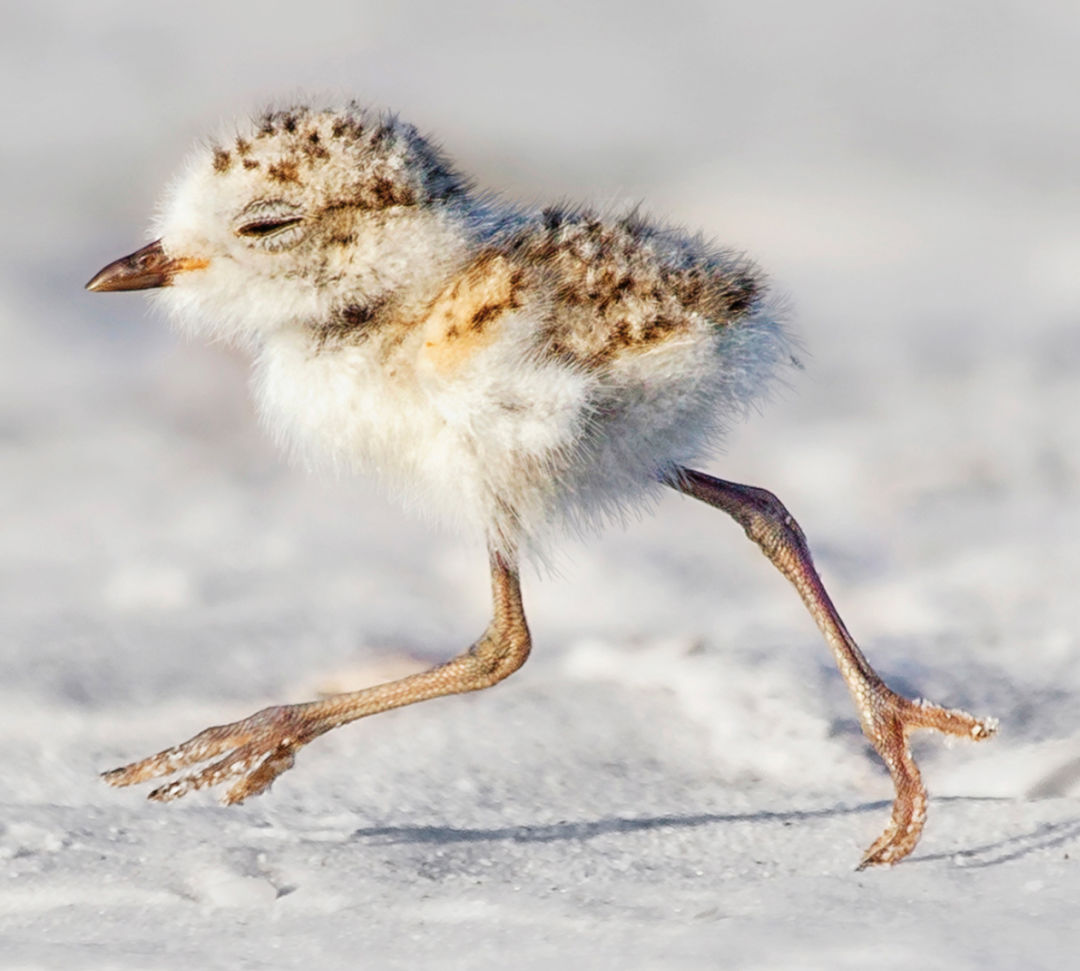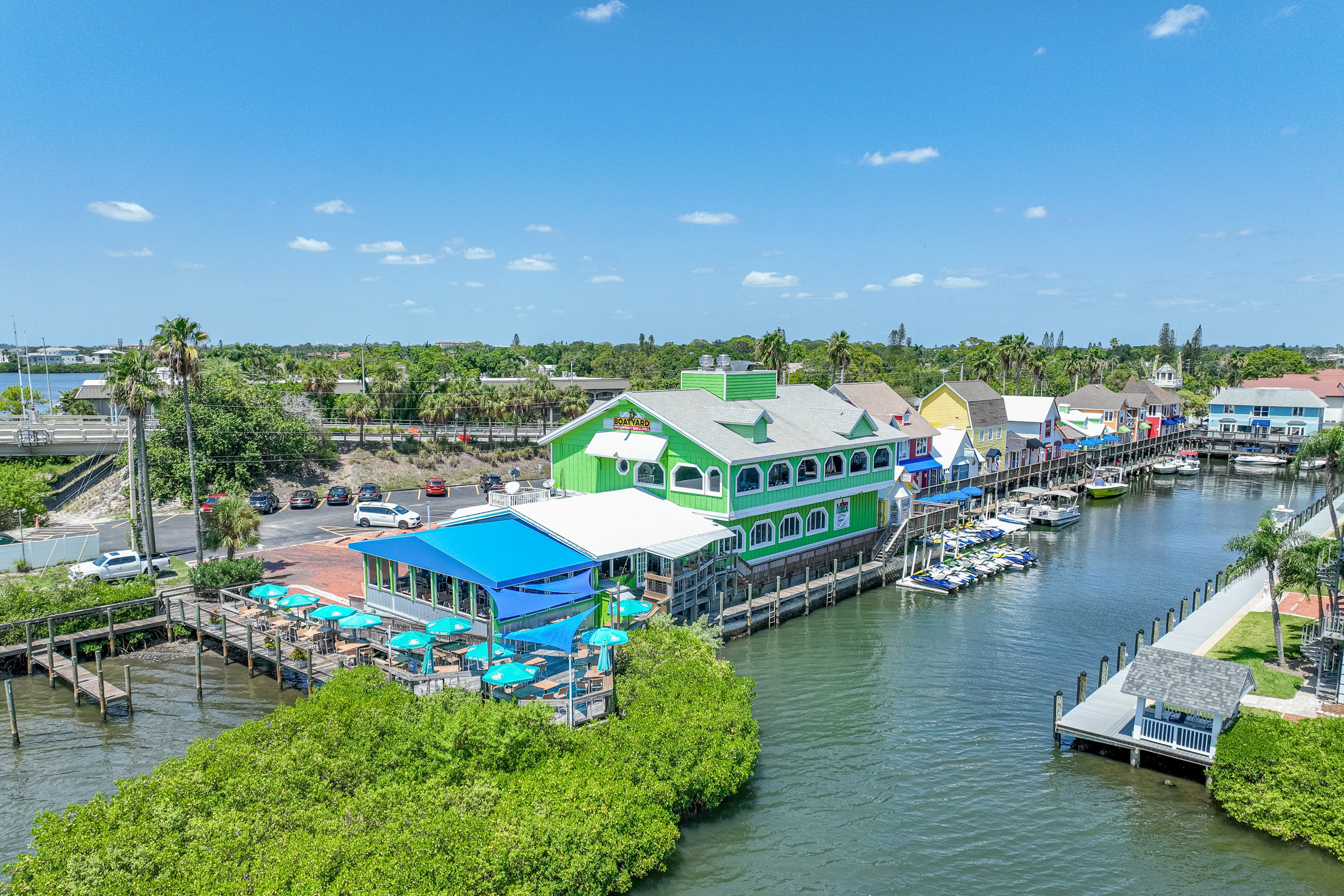Siesta Key Beach is Home to One of the Most Consequential Conservation Areas in Sarasota County

Image: Kristian Bell/Shutterstock
Just a Frisbee’s toss from Siesta Key Public Beach is one of the smallest, unlikeliest, but most consequential conservation areas in Sarasota County. The spit of land between the beach and a thick plot of sea oats and muhly grass marks the fragile nesting area for one of Florida’s most imperiled bird species, the snowy plover.
Only about 250 breeding pairs of the small, white shorebirds are believed to exist today in Florida. The nearly two acres on Siesta Key, between the beach and condos along Beach Road, was donated in 2007 to the Conservation Foundation of the Gulf Coast. In recent years, the tract has been the site of one to two successful fledglings every year. That may not sound like much, but the survival of the snowy plover is so tenuous that this sliver of nesting area ranks among its leading habitats in Florida. In 2015, a pair of snowy plovers raised two chicks on the conservation land, the only successful fledglings that year among 23 attempts from nine pairs of snowy plovers on all of Siesta Key.
“The snowy plover is constantly under assault from a variety of threats,” says Lee Amos, the Conservation Foundation’s land steward, as he surveys the nesting area on a sunny afternoon. “If we have 10 nests, one or two of them might be successful.”
Snowy plovers are most exposed when they are most vulnerable. They dig tiny holes to nest in the sliver of land between where the pure sand ends and the vegetation begins, an area that is essentially open beach. And the birds’ nervous temperament is ill-suited to their modern surroundings. Beachgoers who come within 100 feet are enough to frighten the birds off their eggs, and the effect is even greater with a dog. Their eggs are then eaten by crows or baked to death in the sun, and the adults abandon the nest.
Snowy plovers lay between two and four eggs. That any can successfully hatch so close to one of Florida’s most popular public beaches is a minor miracle.
“If we just could get a small piece of beach separated from people and dogs altogether it would make a huge difference,” Amos says. “But we don’t have that on Siesta Key.”
One idea that might work is to artificially create small openings inside thickly vegetated areas on the foundation’s land. This would give the snowy plover the terrain it seeks for nesting, but with a buffer from people and dogs. And the nearby vegetation would provide a buffet of insects to nourish new plover hatchlings and sustain adults.
Yet as promising as the idea is, rare beach vegetation is protected, and rules must be changed to allow them to clear space for snowy plover nests, Amos says.
Amos hopes that permission will come. In the meantime, he urges Siesta Key beachgoers to pay attention to the signs near the tiny tract just north of the public beach and stay away from the nests. The future of the snowy plover depends on it.



